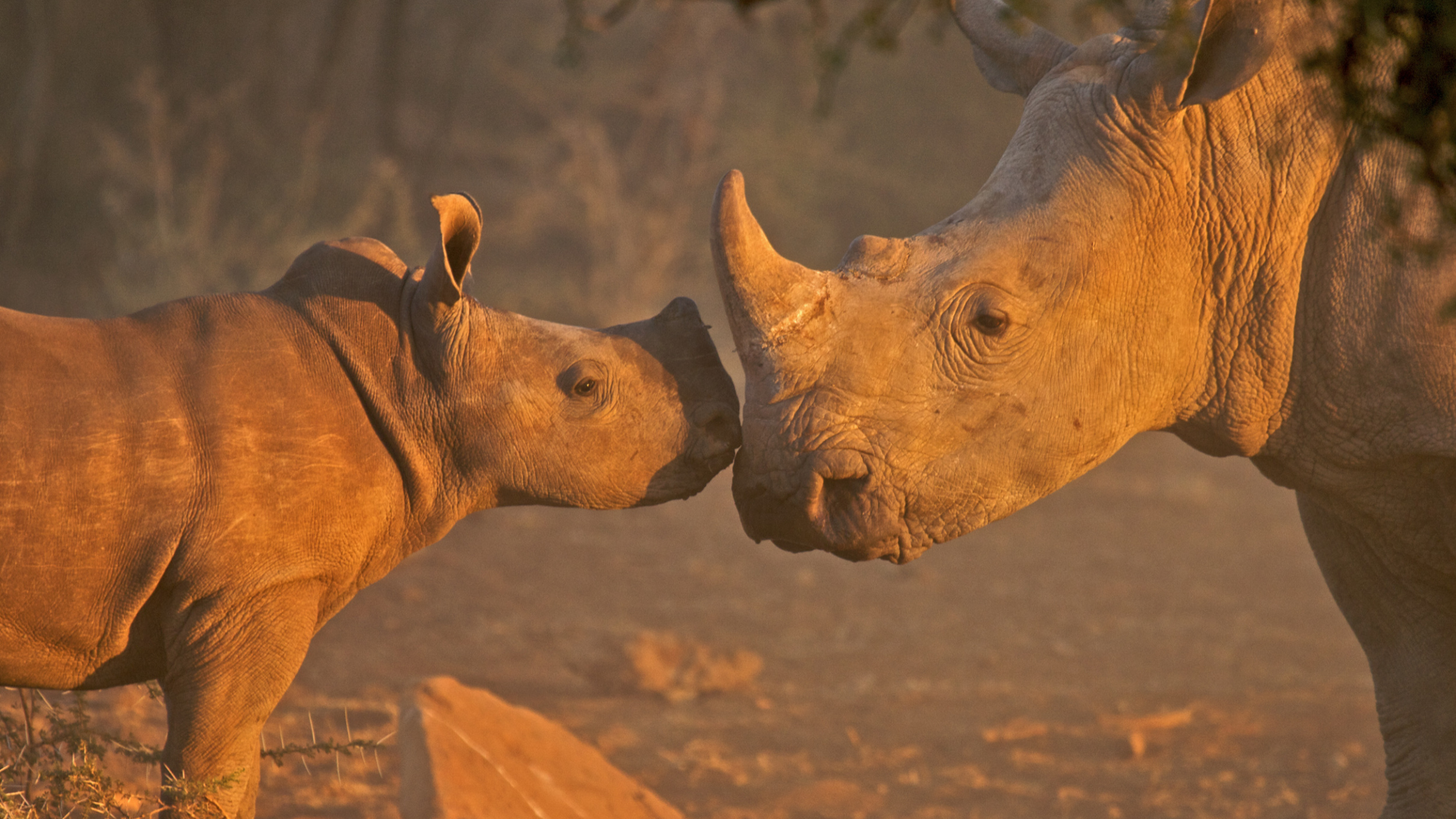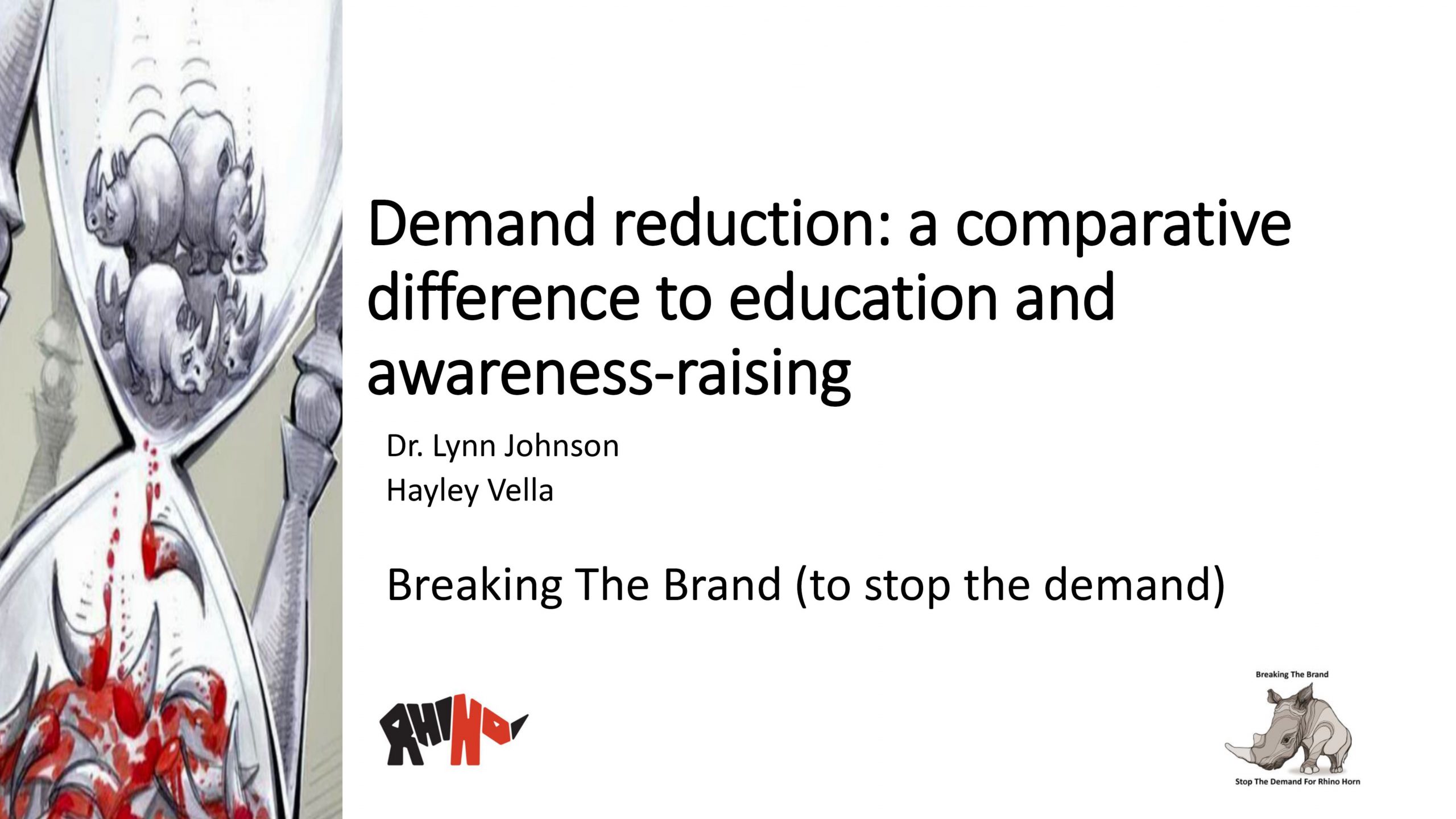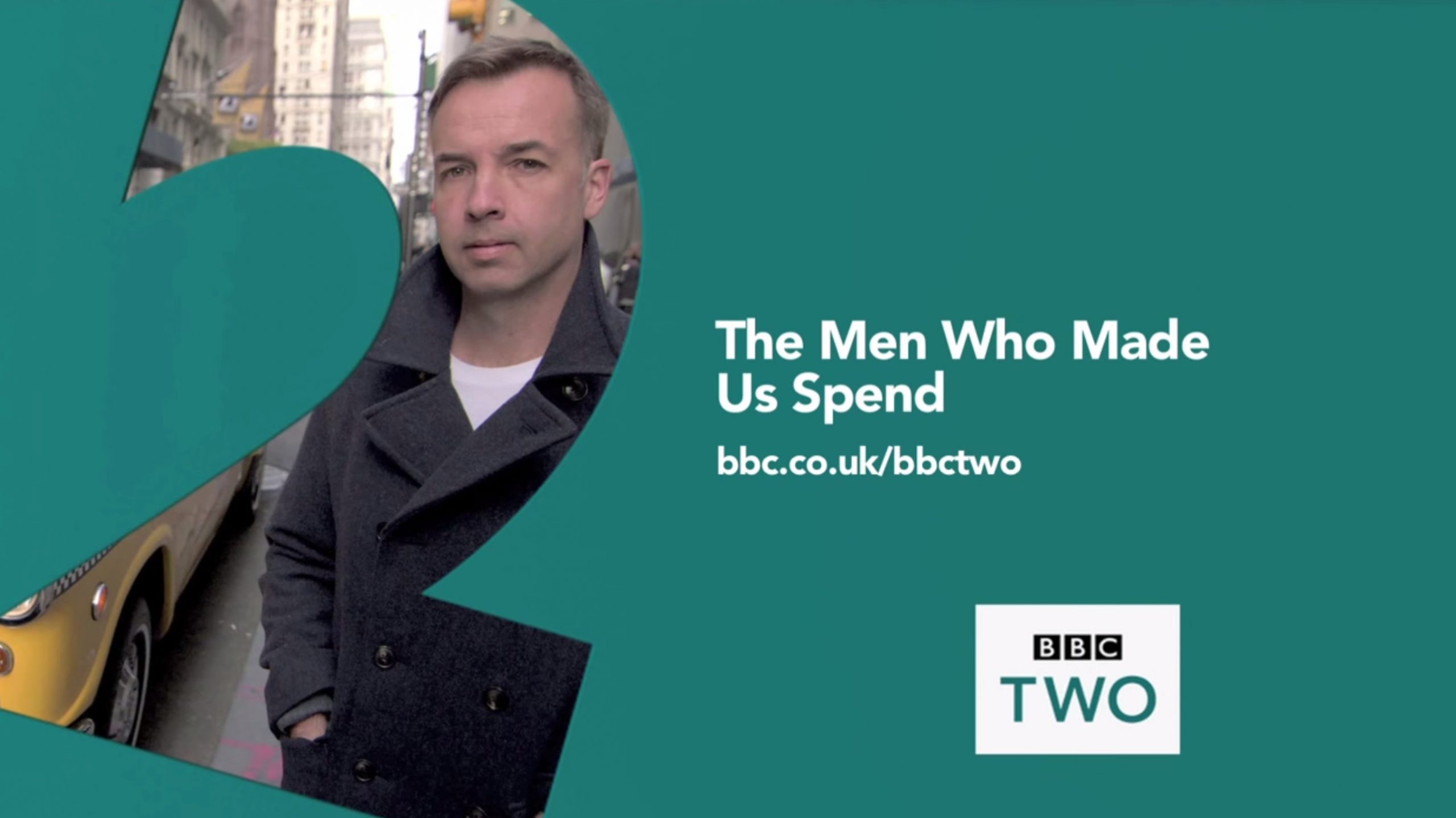If the users REALLY wanted farmed rhino horn why isn’t Viet Nam farming their own?
A recent trip to South Africa clearly showed the Breaking The Brand team that very few people understood the nature of the demand or the users of genuine rhino horn. This is obviously very concerning since the South African government appears to be actively pursuing a trade legalisation agenda and they are creating risk-benefit models for pro/anti trade decisions based on incomplete information. Significantly, not enough people are asking the right questions: “Whilst we know that horns can be harvested for sale, are these the rhino horns that the wealthy users, driving the poaching of wild rhinos, will want to buy? Are farmed horns a substitute product for horns from wild rhinos to the primary [...]










